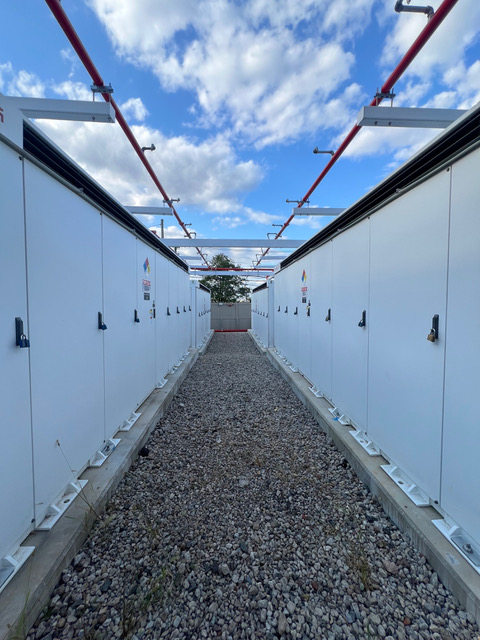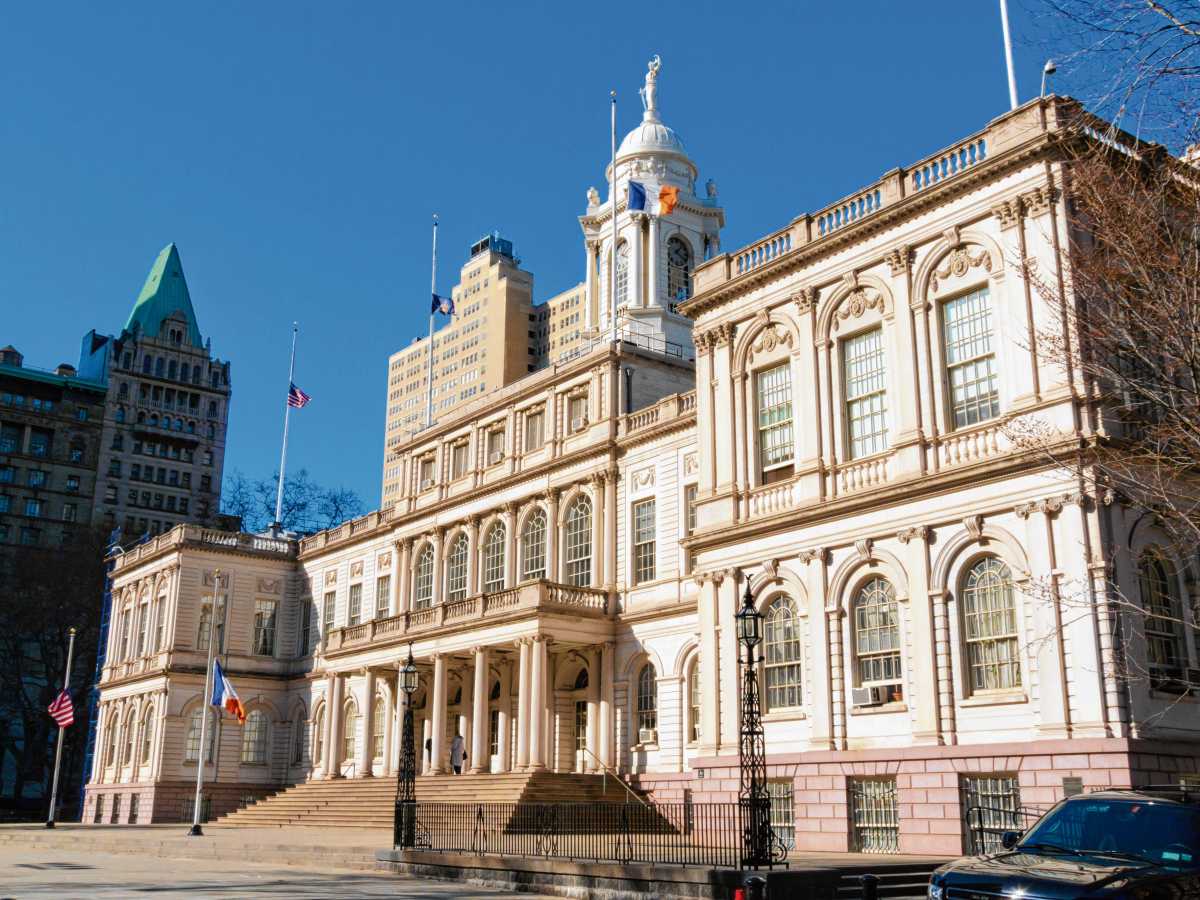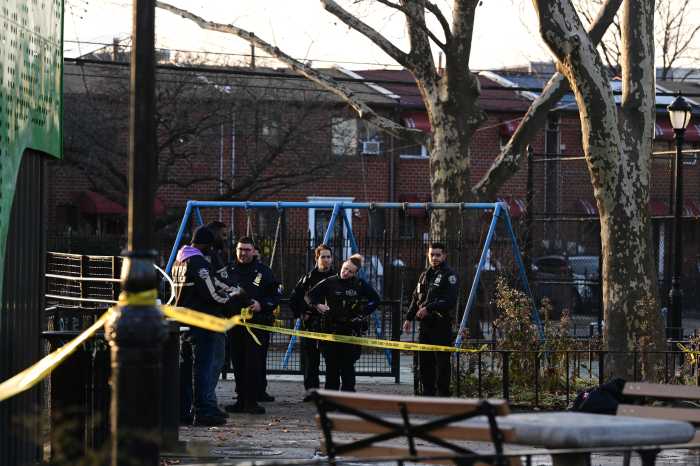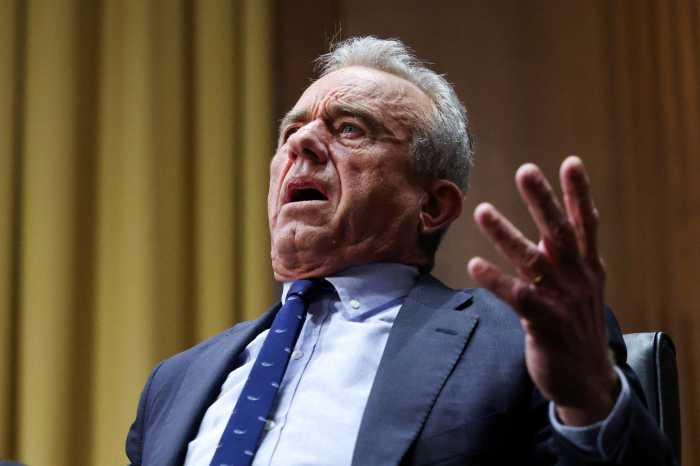As New York City pushes toward a cleaner energy future, NineDot Energy has emerged as a leader in urban battery energy storage solutions, growing from three founders and a part-time worker to 80 full-time employees since 2022. But with this rapid growth comes the challenge of addressing public concerns about this relatively new technology in dense urban areas.
“At NineDot, we’re focused on making the power grid cleaner, safer and healthier to support New York City’s energy goals,” says Adam Cohen, Chief Technology Officer and Co-founder at NineDot Energy. The company’s mission is critical: helping provide reliable power during peak demand while reducing dependence on polluting “peaker plants” that typically fire up during summer heat waves.
How It Works
A NineDot energy storage facility normally occupies about a quarter-acre and resembles a small power equipment site with storage containers and electrical management systems. During off-peak hours (usually overnight), the batteries store excess power from the grid. During peak demand—typically hot summer afternoons when air conditioning use surges—the batteries provide stored energy to help prevent outages and reduce reliance on polluting peaker plants.
In fact, just this past summer, NineDot’s seven operating projects in NYC were actively called up during each heat wave, delivering enough energy to power about 26,000 City households for four hours on each of those hot summer days.
Why It’s Safe
NineDot Energy says its top priority is implementing the safety measures at its energy storage facilities. Battery storage like NineDot’s facilities must meet rigorous safety standards – the toughest for any city in the US – set by the FDNY, Department of Buildings and other oversight agencies. Unlike with unregulated consumer e-bike or scooter batteries, these rigorous safety standards involve technology, equipment, design, construction and operations.
“We only use equipment that the FDNY has specifically approved,” Anthony Santamaria, NineDot’s SVP of Construction, explains. Each facility undergoes extensive testing and certification from the City ensuring compliance with the rules, the facilities are monitored 24/7 and have regular inspections and maintenance. Importantly, there have been zero battery storage fires at any energy storage facilities in New York City.
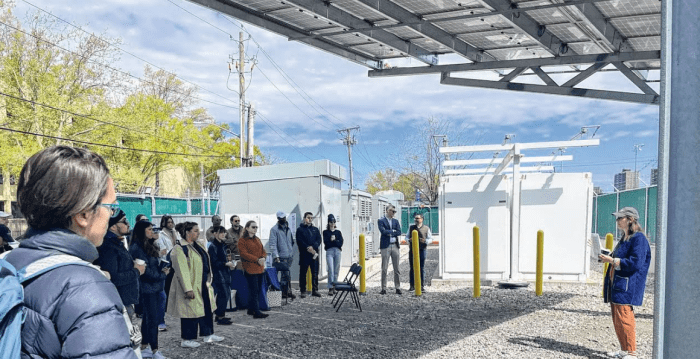
Location and Zoning
Some residents have questions about where and how energy facilities are located. While zoning reforms adopted as part of the City’s 2023 Carbon Neutrality plan expanded where battery storage can be built, NineDot’s current projects were all approved under pre-existing zoning rules in commercial and industrial districts where battery storage and other types of energy and infrastructure services were already approved uses.
“We build where it’s already allowed by zoning,” Adam emphasizes. “In a dense city sometimes those districts border residential neighborhoods. But battery storage is allowed there for a reason – because those areas will benefit from improved energy infrastructure.”
Environmental Impact
Rather than adding pollution, NineDot’s facilities are actually cleaning up New York’s environment in multiple ways. The company often transforms contaminated sites, such as former gas stations, removing underground storage tanks and contaminated soil before construction begins.
The facilities themselves produce zero emissions or radiation. More importantly, they help reduce the city’s reliance on polluting peaker plants, which traditionally operate in lower-income and minority neighborhoods and contribute to respiratory issues and childhood asthma.
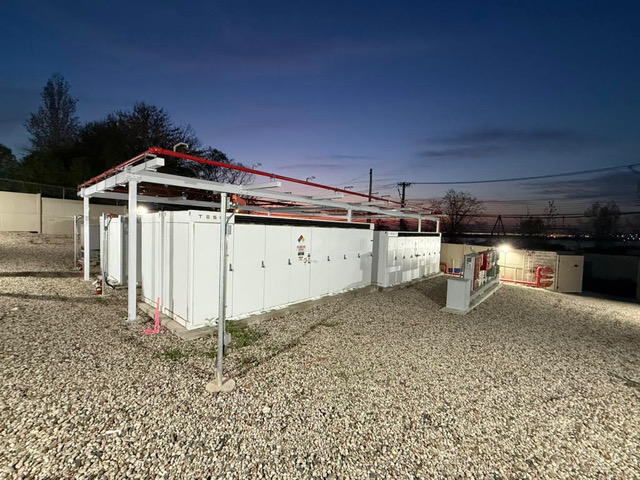
Visual Appeal
NineDot has made the visual appeal of its sites a priority, as much as possible incorporating design elements that help facilities blend into their surroundings. In the Bronx, they partnered with a school across the street to create a 135-foot mural depicting children’s visions of a clean energy future. Other sites feature custom landscaping and will include architectural elements that complement neighborhood aesthetics.
“We build to own and operate for the long haul,” Anthony notes. “We’re part of these communities, and we want to be good neighbors.”

Investing in the Community
Ultimately these sites are built to benefit communities. By helping utilities manage peak demand more efficiently than building new power plants, transmission lines or substations, battery storage projects will mitigate the rise in future energy costs. In addition, reducing pollution from dirty peaker plants will also reduce health risks to residents like asthma and other respiratory illnesses. NineDot also directly invests in community organizations like social service and educational groups, helping prepare youth for the green economy.
Looking Forward
As New York City continues its transition to cleaner energy, battery storage facilities will play an increasingly important role in maintaining grid reliability while reducing emissions. NineDot’s approach – emphasizing safety, transparency, and community engagement – offers a model for how this essential infrastructure can be integrated into urban neighborhoods.
“We’re on the ground and in the communities every day working to educate the public and our neighbors about the benefits of battery storage,” said Adam. “We want people to understand both the importance of this technology and the extensive safeguards in place to protect their communities.”

If you have any questions about NineDot Energy or energy storage, you can contact NineDot through their website: nine.energy/connect.

